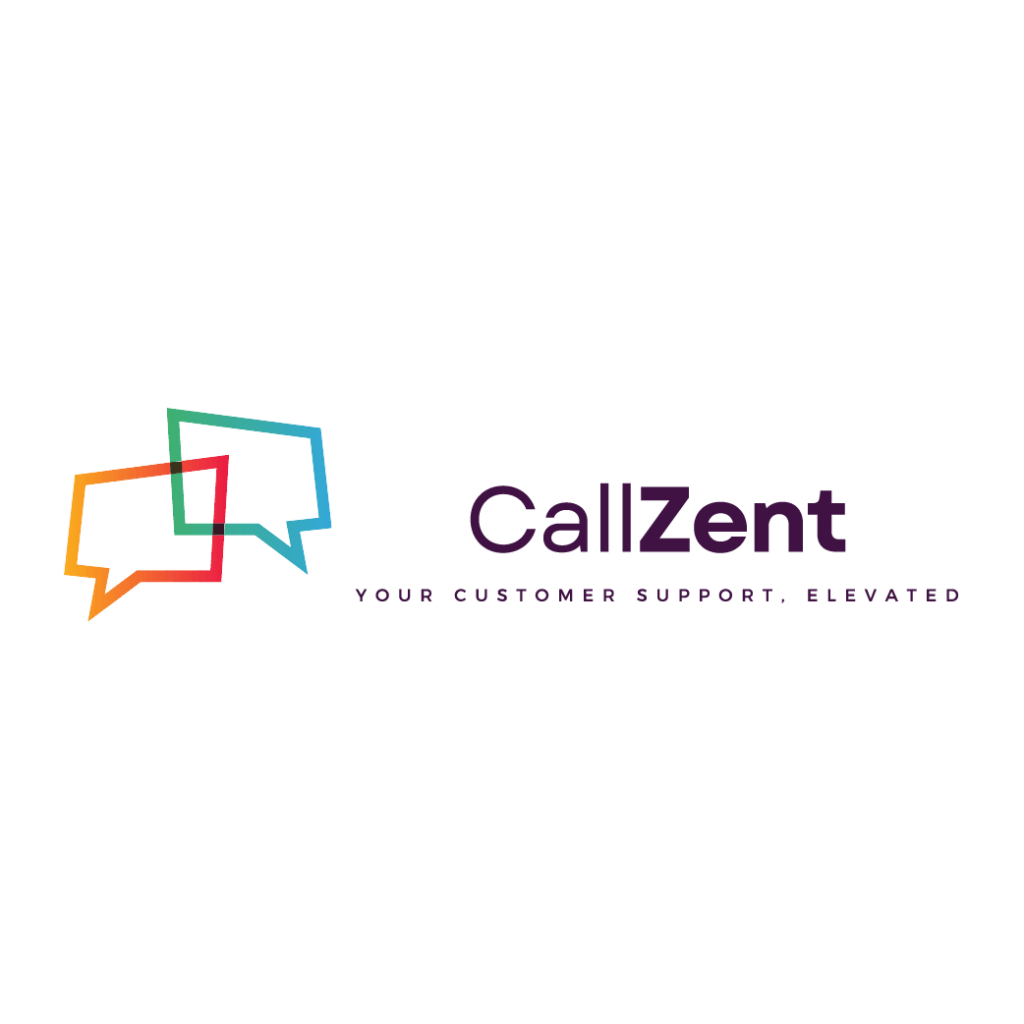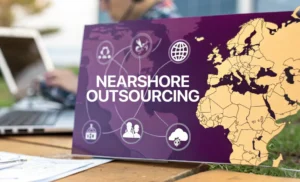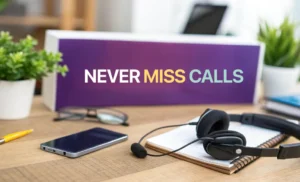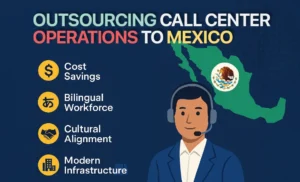Smart Sourcing: A Smarter Way to Grow
Smart Sourcing prioritizes cultural fit, communication quality, data compliance, and strategic alignment—not just low hourly rates. It’s how modern companies scale without sacrificing customer experience.
By CallZent Operations Team · ·
📌 TL;DR — What Is Smart Sourcing?
- Smart Sourcing is a modern approach that optimizes for alignment, quality, and agility—not just cost.
- It builds long-term partnerships that protect your brand, elevate CX, and drive measurable outcomes.
- Nearshore solutions like CallZent in Mexico deliver bilingual talent, real-time collaboration, and cost efficiency—without the offshore headaches.
What Is Smart Sourcing?
Smart Sourcing prioritizes alignment, quality, and agility over low hourly rates. Instead of selecting the cheapest vendor, leaders choose partners that:
- Understand your industry and customer expectations
- Provide bilingual, well-trained agents who represent your brand
- Scale quickly without sacrificing QA
- Integrate with your tools, workflows, and reporting
- Deliver measurable outcomes, not just activity
This shift is moving companies away from anonymous offshore models toward nearshore call center providers and hybrid setups that improve speed, quality, and control.
Key Benefits of Smart Sourcing
✅ Strategic Fit
Your outsourcing partner becomes an extension of your team—not a “task taker.” This preserves brand voice, compliance standards, and a consistent customer journey across channels.
✅ Quality and Accountability
Smart Sourcing runs on clear KPIs (FCR, AHT, NPS/CSAT, QA scores) and QA frameworks (calibrations, rubric-based scoring, coaching plans). The result: fewer escalations, higher trust.
✅ Operational Agility
Need a rapid ramp for seasonality or a new product launch? Flexible staffing and cross-training allow you to expand coverage without ballooning fixed costs.
✅ Cultural and Linguistic Alignment
Customer-facing roles demand nuance. Nearshore teams deliver seamless English-Spanish communication and a shared understanding of North American expectations.
✅ Long-Term Cost Efficiency
Instead of chasing the lowest bill rate, you invest in the total cost of success: fewer reworks, lower churn, faster time-to-competence, and better lifetime value.
Deep dive here: 👉 Top 5 Benefits of Outsourcing to a Mexican Call Center
Let’s talk numbers: Want a simple model showing how improved FCR + lower attrition beats a cheaper offshore rate? Book a quick walkthrough →
Smart Sourcing vs Traditional Outsourcing

We’ll go deeper in: 👉 Nearshore Call Center Solutions
Real-World Applications
Smart Sourcing is versatile and industry-agnostic. Here’s how leaders apply it to scale efficiently while protecting brand equity:
💬 Customer Support
Bilingual agents manage inbound voice, chat, and email with empathy and speed. Emphasis on FCR, QA calibration, and clear escalation paths lowers effort (CES) and boosts CSAT.
🏥 Healthcare
HIPAA-trained teams support intake, appointment setting, and billing. Data handling follows least-privilege access and auditable workflows to safeguard PHI.
🛒 E-commerce
Seasonal volume swings? Smart Sourcing scales product support, returns, and light upsell/cross-sell while holding QA steady. Agents integrate with your order and ticketing stack.
📈 Market Research
Multilingual survey execution and voice-verified data collection improve sample quality and reduce bias. Tight scripting and auditing produce cleaner datasets.
See it in action: Explore Call Center Solutions for Small Business.

Why Nearshore Is Often the Smart Sourcing Sweet Spot
Organizations that adopt Smart Sourcing frequently land on nearshore call centers—especially in Mexico—for three practical reasons:
- Proximity: Real-time collaboration, easy site visits, and faster feedback loops.
- Time-zone alignment: Live meetings and coaching without odd hours or asynchronous drag.
- Cultural familiarity: More natural interactions and higher customer rapport.
Tijuana and Hermosillo are growing hubs for U.S. businesses that want quality and control without offshore tradeoffs.

How to Transition the from Offshore to Nearshore Smart Way
Already using an offshore provider but concerned about quality, visibility, or attrition? A Smart Sourcing transition doesn’t require ripping and replacing overnight. Use a structured changeover to protect continuity:
1) Assess & Align
- Document your current volumes, seasonality, SLAs, and escalation rules.
- Identify top friction points (e.g., low FCR, long handle time, brand inconsistency).
- Clarify your North Star KPIs—the outcomes that actually move the business.
2) Pilot & Parallel Testing
- Start with one queue, channel, or geography.
- Run your incumbent and new partner in parallel for 2–4 weeks.
- Calibrate QA rubrics together; compare apples-to-apples reporting.
3) Knowledge & Process Migration
- Centralize SOPs, macros, and brand voice guides; adopt version control.
- Use train-the-trainer and shadow-to-solo plans to reduce time-to-competence.
- Gate access by role; keep audit logs for compliance.
4) Scale & Optimize
- Expand coverage by channel or product line; reinforce coaching loops.
- Introduce continuous improvement (CIP) sprints tied to KPI lifts.
- Review quarterly: staffing model, QA trends, automation opportunities.
Curious about practical advantages of the switch? See: 👉 Top 5 Benefits of Outsourcing to a Mexican Call Center
Ready for a quick, no-fluff assessment? In 20 minutes we’ll map your top friction points and suggest a right-sized Smart Sourcing pilot. Book a call →
Smart Sourcing FAQ
Is Smart Sourcing only for large enterprises?
No. SMBs benefit from the same principles—alignment, bilingual talent, and flexible staffing—often with even faster ROI because small process improvements move the needle more visibly.
How does Smart Sourcing actually save money if the hourly rate isn’t the lowest?
By reducing total cost: fewer reworks, faster resolution, better retention, and shorter ramp times. Those gains usually dwarf the rate delta.
What KPIs should we track?
Start with FCR, CSAT/NPS, QA score, AHT, and escalation rate. For sales/retention programs, add conversion, AOV, and churn/retention. Track trendlines and tie coaching to root causes.
Why is nearshore usually better than offshore for CX?
Time-zone alignment and cultural fluency make everyday collaboration easier and reduce friction in customer conversations—especially in nuanced or high-stakes interactions.
How fast can we ramp?
Typical pilots stand up in 2–4 weeks depending on complexity (tooling, training, compliance), with parallel testing to de-risk the cutover.
About the Authors
CallZent Operations Team has led nearshore programs across customer service, sales, market research, and healthcare support, with leadership experience spanning U.S. and Mexico. Our playbooks emphasize QA calibration, coaching culture, and measurable business outcomes.










